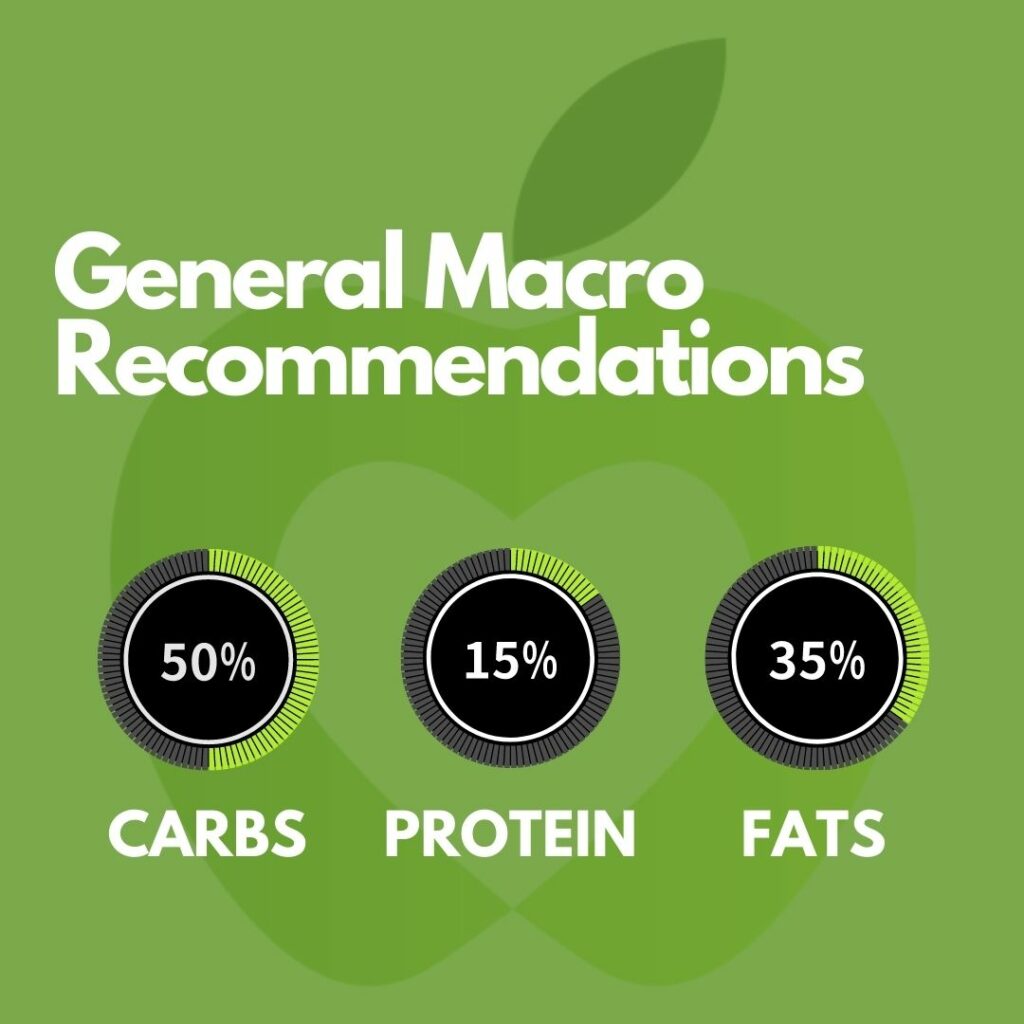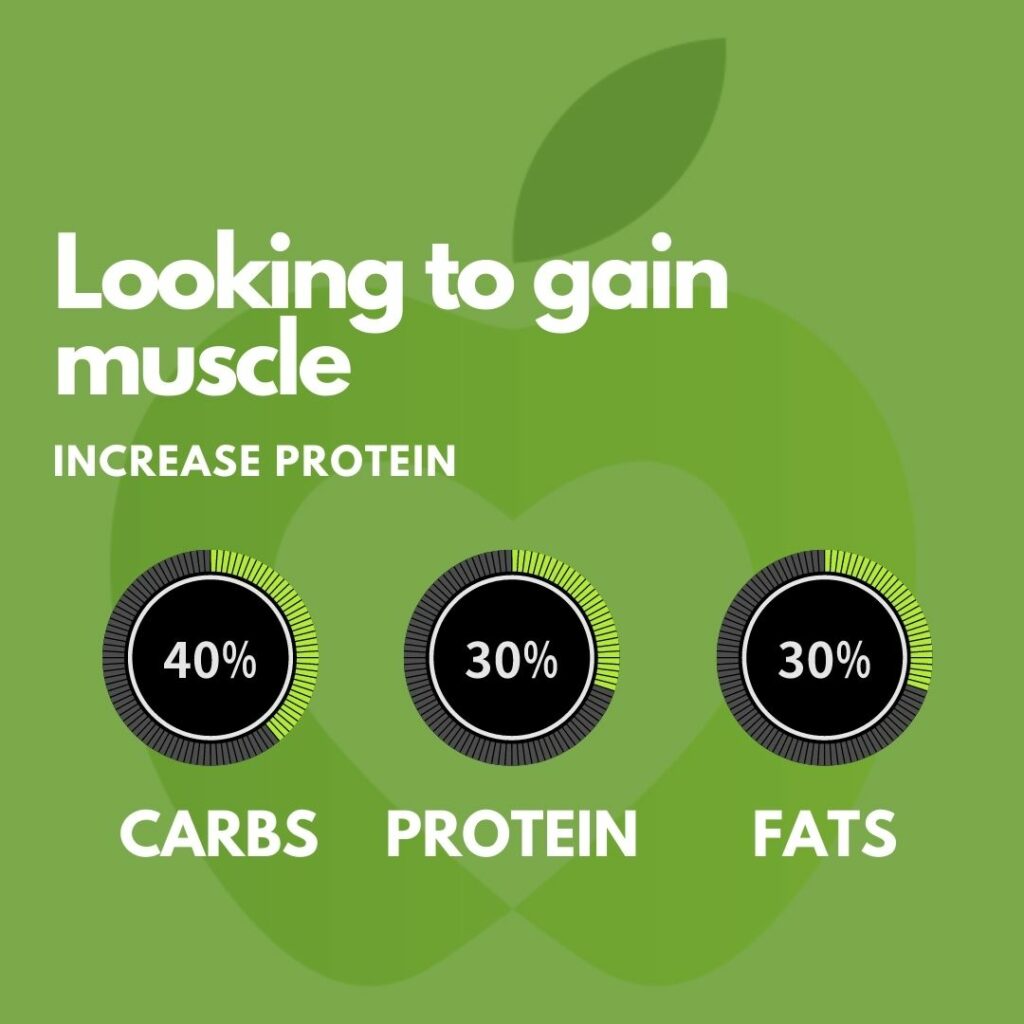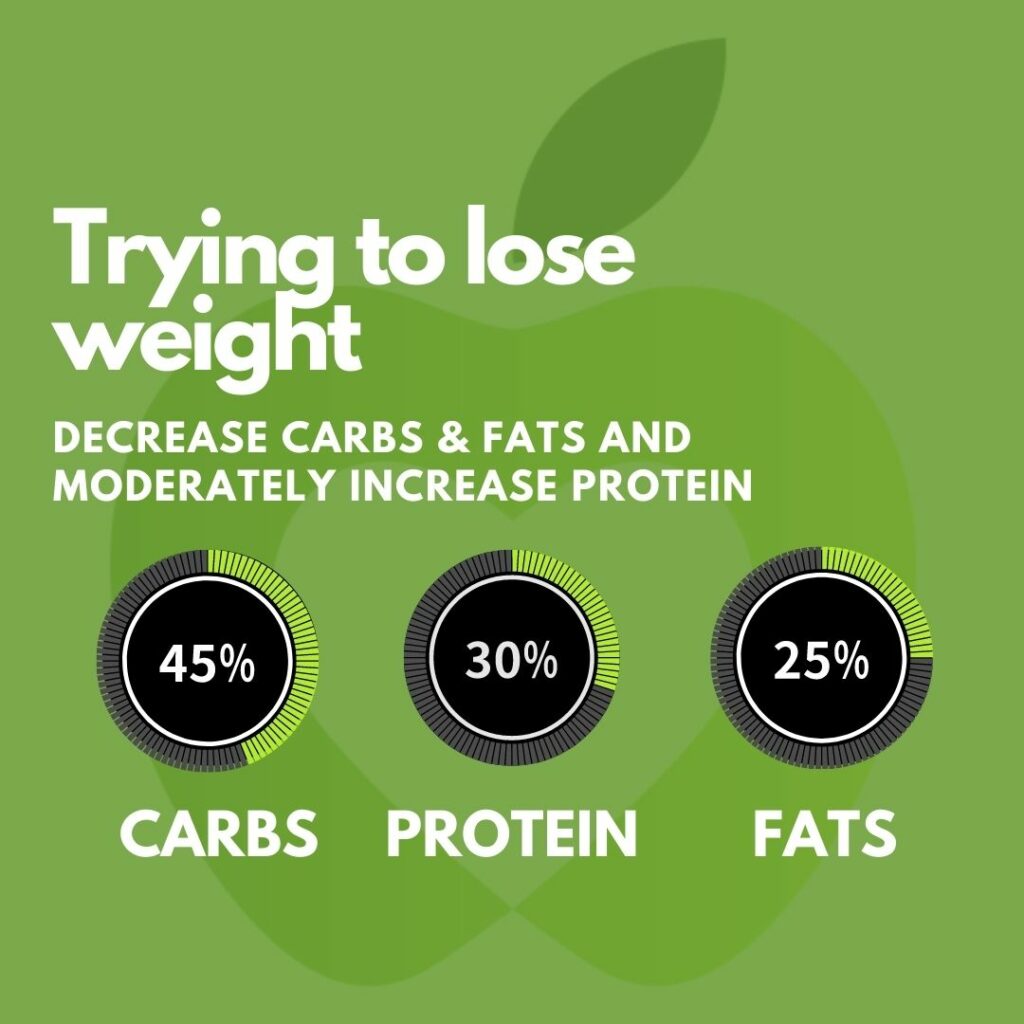
You may have heard nutritionists and personal trainers use the phrase macros, it’s a prevalent term in the exercise and nutrition world, but what does it actually mean and how can you understand your desired macros in order to help you hit your personal goals?
We spoke to our resident nutrition experts and highly trained chefs to help break it all down for us.
What are macros?
Macronutrients (macros) are nutrients that our bodies need in large amounts to produce energy and function healthily. There are three macronutrients: carbohydrates, protein, and fat.
Nutritionists recommended the ratios that the general population should consume are 50% of total daily calories from carbohydrates, 15% from protein, and 35% from fats; although, with that being said, you may need to adjust these ratios to attain specific fitness goals or not aggravate any medical conditions you may have.

Carbohydrates
Carbohydrates provide 4 kilocalories (kcal) per gram and are broken down to glucose once digested. Glucose is the primary source of energy for the body and the brain, and an essential fuel during exercise.
There are two main varieties of carbohydrates: simple and complex. Simple carbohydrates, such as table sugar and white bread are easier to digest and therefore release glucose more quickly, whereas complex carbohydrates, such as whole grains and legumes take longer to digest and release glucose slowly, keeping your blood sugar and energy levels steady throughout the day.
Protein
Proteins are the key building blocks of the body and provide 4 kcal per gram consumed. Protein is needed for the growth and repair of muscle tissues, as well as for important chemical reactions within the body. Proteins are made up of a substance known as amino acids. Amino acids can be divided into two types: essential and non-essential. We need to consume essential amino acids as part of our diet, as our bodies are unable to naturally produce them. Most common protein sources include all the essential amino acids, these sources include eggs, meat, quinoa, and soy, whereas other sources complete each other when eaten together, such as rice and peas.
Fats
Fats provide 9 kcal per gram and are necessary for maintaining healthily bodily processes and cell structures. Fats also help the absorption of fat-soluble vitamins, including vitamins A, D, E, and K, and provide us with many of the body’s essential fatty acids.
The two main varieties of fat are saturated and unsaturated fats. Saturated fats are considered the ‘unhealthy type’ of fats, as consuming too much of this variety will increase your cholesterol levels, and thus increase your risk of heart disease and stroke. Saturated fats can be typically found in animal products, including sausages, fatty cuts of meat, cheese, and cream. Unsaturated fats are the ‘healthy type’ of fats and include items such as nuts, seeds, avocados, oily fish, olive oil, and rapeseed oil.
Adjusting macros for your goals
Macro counting helps you understand where your daily intake of calories is coming from and how they are affecting your body. Initially, it’s going to be trial and error. You simply have to try different macro ratios, test them for at least 4 weeks to give your body enough time to have a solid reaction, and then adjust the ratio if you feel you still aren’t seeing any change. Depending on your fitness goals, you will then want to adjust your macros accordingly to reflect your ambitions.
Goal: to gain muscle
To gain more muscle, we suggest increasing your lean protein intake to support muscle growth and repair.
Within your daily intake, try consuming your total calories with a ratio of roughly 40% from carbohydrates, 30% from protein, and 30% from fat.
Go for complex carbohydrates including plenty of vegetables, healthy fats, and lean protein.

Goal: losing weight
For losing weight, we suggest you make room for more protein by cutting your carbohydrates slightly, ensuring you maintain muscle mass whilst losing fat.
Aim to consume your calories with a ratio of 45% from carbohydrates, 30% from protein, and 25% from fat.
Go for complex carbohydrates including plenty of vegetables, healthy fats, and lean protein.

Conclusion
By making these incremental tweaks along the way, you’ll eventually put together a diet that is absolutely perfect for you. You’ll learn about your body, what types of foods it responds best to and how you can maximize the results that you desire. It’s crucial to remember that slow and steady is the route to go. There is no need to cut off any food groups to reach your fitness goals, making dramatic shifts such as this can make it harder to track and pinpoint where you need to be. Make, steady, incremental healthy choices and before you know it, your body composition will reflect your work!
For any help tracking your macros, we suggest using a meal prep service such as ours. We provide a complete macro breakdown of all of our meals, giving you a simple, effective way of tracking your daily macronutrient & calorific intake. To view our meal macros, simply visit here for a full breakdown.
